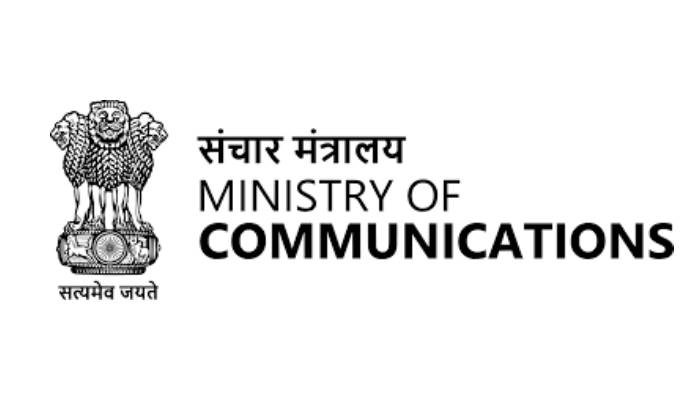India’s telecom companies are operating on high alert following an emergency directive from the government to safeguard border connectivity and ensure communication resilience during times of crisis. In a letter dated May 7, the Ministry of Communications instructed all telecom providers to activate disaster-response protocols, particularly in light of escalating tensions along the India-Pakistan border.
The directive mandates uninterrupted operations of mobile and internet services within 100 km of international borders, with base transceiver station (BTS) towers flagged as crucial assets for both national security and disaster management. Telecom operators, including private players and state-run entities, have confirmed compliance with the Standard Operating Procedures (SOP) 2020 for emergency readiness.
“All systems are in place, and we’re adhering to SOPs as directed,” stated a senior executive at a major telecom company.
The Department of Telecommunications (DoT) has instructed operators to update inventories of critical infrastructure, ensure diesel reserves for generators, and keep technical teams equipped with backup hardware. Licensed Service Area (LSA) heads are coordinating with state governments to enable unrestricted movement of telecom personnel in emergency zones and to safeguard network installations.
In addition, telecom operators have been told to prioritize special communication facilities requested by the Ministry of Defence and public safety departments. All players must also test network paths, communication equipment, and Intra-Circle Roaming (ICR) capabilities to maintain service continuity—even if a particular network goes down, users will be able to connect via alternate networks in the vicinity.
The move underscores the strategic importance of resilient telecom infrastructure in national security planning.

